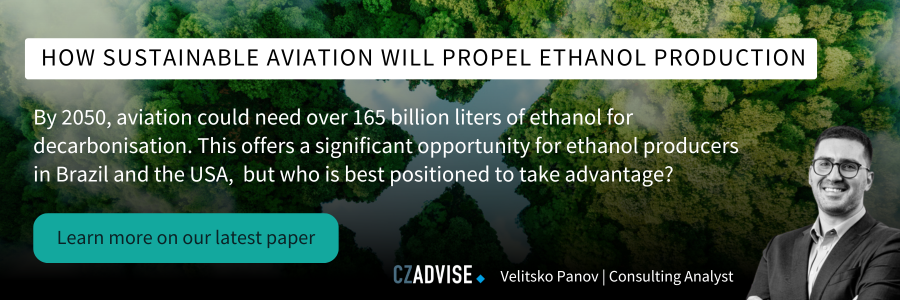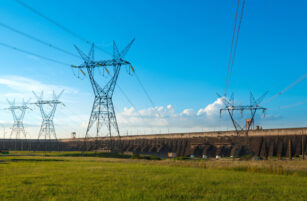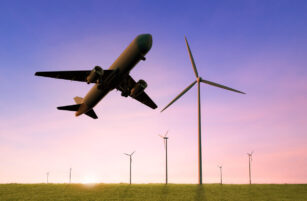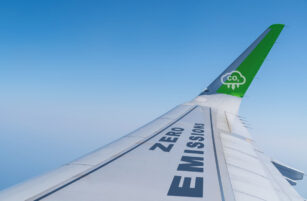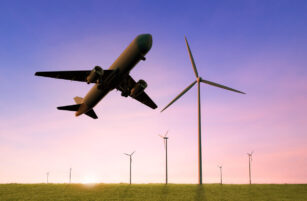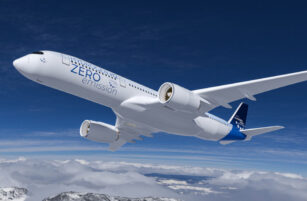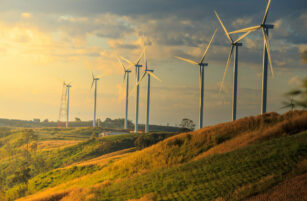Insight Focus
SAF can be made by the Fischer Tropsch process using a range of feedstocks. But the quality of the resulting SAF can be variable. This is making FT SAF roll-out difficult.
The Fischer Tropsch (FT) process is deemed to be one of the better ways to manufacture SAF because of the variety of feedstocks and the seemingly endless overall processing pathways. But is this the case?
Let’s look at the FT basics. It has a fascinating history, going back to early 20th century Germany, where an economic backdrop required the domestic chemical industry to produce liquid fuels for transport and industry from coal, which was local and plentiful, and not crude oil, which was not. This original FT then started off with coal, or solid carbon, which was reacted with water (H2O) to produce ‘syngas’, a mixture of carbon monoxide (CO) and hydrogen (H2).
Nothing new so far…but then messers Fischer and Tropsch ran the syngas over a catalyst and produced liquid hydrocarbon fuels and some water. Brilliant, but how does this help our drive to decarbonizing aviation fuel?
As we know, SAF isn’t really a route to decarbonizing as it emits the same amount of carbon as conventional jet fuel when burnt, but if the carbon source is drawn from plants then the carbon originated as CO2 in the atmosphere and we count this using a carbon life cycle analysis (LCA) model. It is deemed that we start off with CO2, end up with CO2, hence lifecycle carbon is zero.
So, if we start off with plant-based carbon, this is a benefit in reducing the impact of aviation, and that’s what we’re relying on. And while the FT process can use a wide range of carbon sources, or feedstocks, the process route is always gasification to syngas then catalytic action to produce liquid hydrocarbons and final treatment to create the desired range of hydrocarbons:
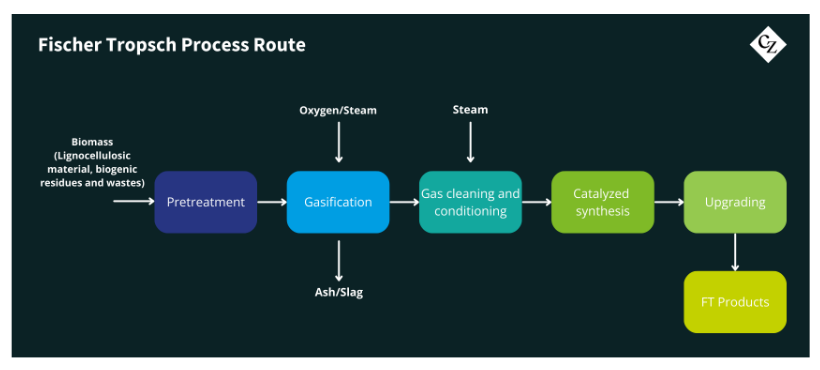
Source: CORSIA LCA methodology
So what are the feedstocks? Almost anything containing carbon, overall. CORSIA background information, which is a good read, identifies several, and calculates the anticipated LCA carbon reduction. Agricultural residues (eg corn stover, wheat straw), forestry residues, grasses and municipal solid waste (MSW) are all available for use.
And how is the implementation of FT going? The story is complex. Running a FT plant can be problematic if the syngas quality is variable, and many plants have failed. One of the weaknesses is that many of the syngas contaminants from the gasification of feedstocks are detrimental to the performance of the FT catalyst. Cleaning up syngas is critical – this is a key point of vulnerability. In particular, MSW, which offers great promise in terms of sustainability, may be of uncertain provenance, and present some jeopardy to the function of the FT catalyst. Greater experience will bring about improvements in reliability but it will take time.
FT is a brilliant process, in theory, but in practice, the use of novel feedstocks and the flexibility that this affords, threatens the very heart of the process, the catalyst. So, yes, a curate’s egg – flexibility is offset by vulnerability – but the sustainability imperative is anticipated to drive up process robustness and reliability.
Next time we look at the alcohol to jet process route – AtJ – and how this exciting technology can transform SAF availability.
